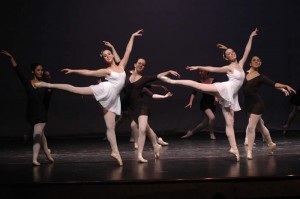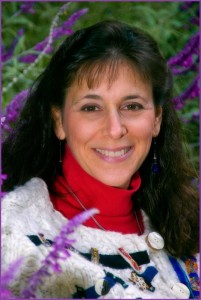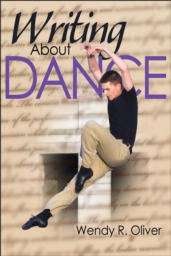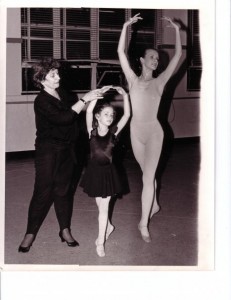More about ballet in Arizona….
Name: Arizona School of Classical Ballet
Location: 20820 N. 25th Place, Suite # 110 – 112, Phoenix, AZ, 85050
About: The Arizona School of Classical Ballet teaches the Russian Method of Classical Ballet and also offers a recreational program of dance, and an adult ballet program for those who are looking for something less demanding. There is a four-year program for students ages 3 to 7 that prepares them for serious study.
The more advanced study of ballet begins at ages 8/9, and after some time girls are exposed to pointe work as they are ready. Other dance styles offered here include character dance, flamenco, modern and jazz.
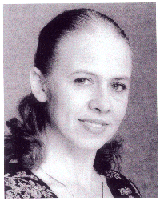 School director Nadya Zubkov has served in many different capacities in her career, including the Artistic Director of the Ballet Department of the Children’s School for the Arts in Moscow and as a full-time faculty member for the School of Ballet Arizona prior to her current position.
School director Nadya Zubkov has served in many different capacities in her career, including the Artistic Director of the Ballet Department of the Children’s School for the Arts in Moscow and as a full-time faculty member for the School of Ballet Arizona prior to her current position.
The faculty at Arizona School of Classical Ballet all have strong backgrounds, and it is clear that they all have a great deal of experience in their respective fields. I found it very interesting that they also have a music instructor on staff who teaches piano and music theory.








